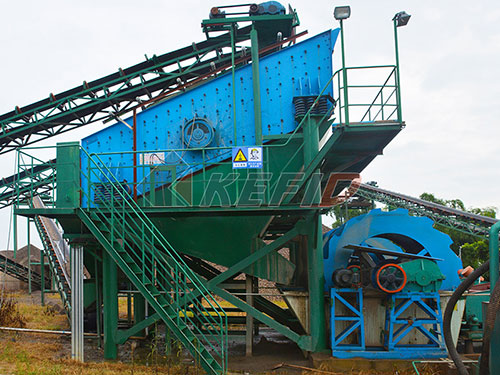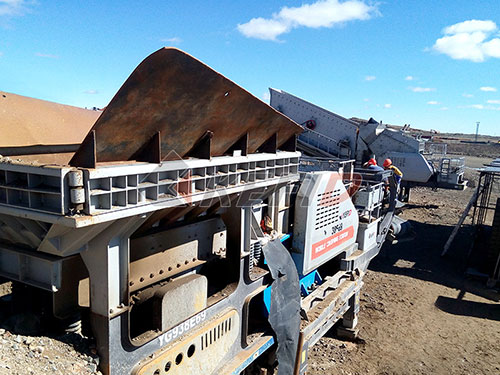Vertical High Pressure Fine Ore Crusher: Revolutionizing Fine Ore Processing
The quest for efficient and cost-effective mineral liberation is a constant driver in the mining and mineral processing industry. Achieving the optimal particle size for downstream separation processes, particularly for fine ores, often presents significant challenges. Traditional crushing and grinding methods can be energy-intensive, generate excessive fines prematurely, or struggle with harder materials. Enter the Vertical High Pressure Fine Ore Crusher (VHPFOC), a technology offering a compelling solution by leveraging unique principles to deliver superior results.
Understanding the Core Principle: Interparticle Breakage
Unlike conventional crushers that rely primarily on impact or compression between metal surfaces and the ore, the VHPFOC operates on the powerful principle of Interparticle Breakage (IPB). Here’s how it works:
1. Vertical Configuration & Feed System: Ore is fed vertically into the top of the crusher chamber.
2. High-Pressure Rollers: At the heart of the machine are two counter-rotating rollers positioned vertically within the chamber. These rollers exert extremely high pressures – typically ranging from 50 to 250 MPa or even higher.
3. Bed Compression: As ore particles descend between the rollers, they are not crushed individually against the roller surface. Instead, they form a densely packed particle bed.
4. Pressure Transmission & Selective Breakage: The immense pressure generated by the rollers is transmitted through this packed bed of particles. This causes particles to fracture primarily at their points of contact with neighbouring particles – exploiting natural weaknesses within the ore itself.

5. Product Discharge: The compressed material cake exits at the bottom of the rolls and breaks apart into its constituent particles.
Advantages Driving Adoption

The VHPFOC’s unique mechanism translates into several significant operational and economic benefits:
1. Superior Energy Efficiency: IPB is inherently more energy-efficient than traditional impact or abrasion methods. Energy is directed precisely towards breaking particle bonds rather than being dissipated as heat, noise, or wear on machine components. Reductions in specific energy consumption of 20-50% compared to conventional tertiary crushing or grinding circuits are frequently reported.
2. Controlled Particle Size Distribution (PSD): The high-pressure bed compression produces a more uniform product with fewer ultra-fines (“slimes”) compared to impact crushers or ball mills generating similar top sizes. This controlled PSD significantly benefits downstream processes like flotation or leaching by improving recovery rates and

Leave a Reply